15 Fashion Trends That Defined Cool Better Than Today
From flappers to grunge, greasers to preppy chic.

One of the most interesting ways to understand what was considered cool back in the day is by looking at what people wore. From flappers to grunge, greasers to preppy chic, these styles may seem strange or even funny in hindsight but seem to keep coming back into vogue. Fashion changes so quickly with each era, paying attention to style trends is the easiest way to see what was considered cutting edge at any moment in time. Here are 15 fashion trends that defined cool better than today.
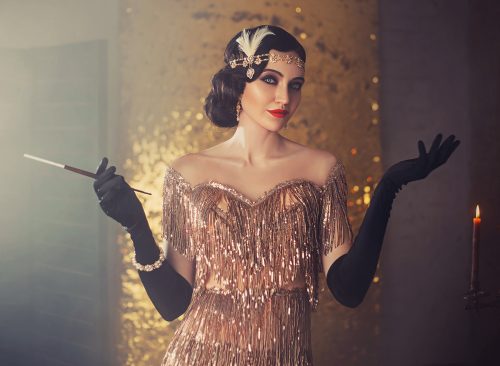
The 1920s flapper style was unique in how different the fashion was to the more staid looks before it. Gone were the long skirts, petticoats and corsets. In was thin eyebrows, red lipstick, bobbed hair and straight, short dresses.
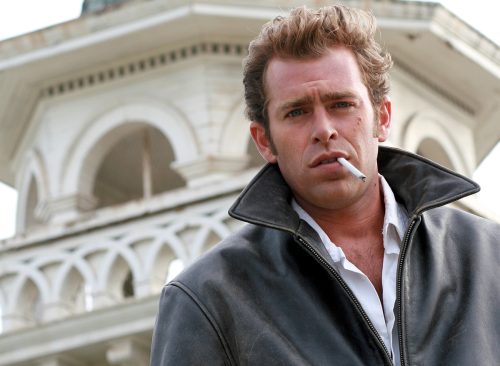
The 1950s greaser look is iconic, and immortalized by actors such as John Travolta as Danny Zuko in Grease. James Dean and Marlon Brando also made the greaser look so popular. Extra points if you had a cigarette rolled into your sleeve.

Bohemian hippy chic was the style of 1960s counterculture, and according to Vogue, it’s coming back into style. “Much like two decades ago, today’s boho chic is less of a movement and more of a look, a vibe. It’s reactive to an environment, sure—but as it often goes with the things we reinvent and revive, some of the original context can become lost in translation.”

New Wave fashion is essentially what we think of as 80s fashion. With roots in punk music, musical acts such as Blondie or Talking Heads are perfectly representative of the era.
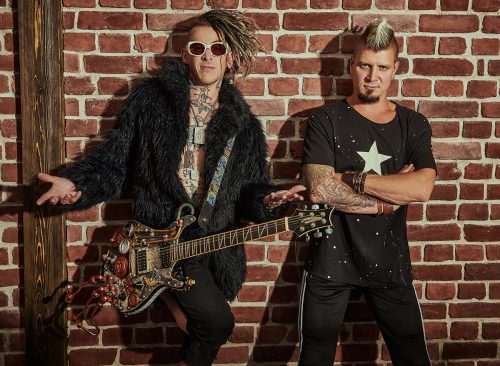
Leather jackets and metal studs were a common look for the 1970s punk era. Chains, spiky hair, and an altogether brutalist look was en vogue for punk fans. Think The Sex Pistols and The Clash.
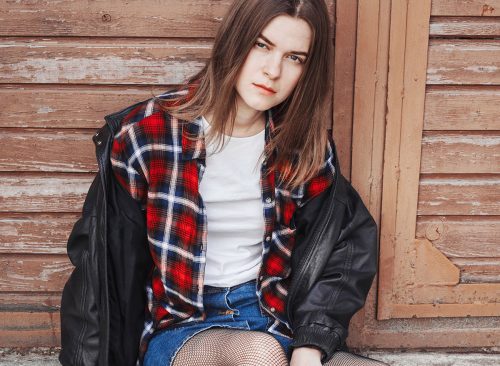
Grunge was the most popular look of the 1990s for both men and women. The Seattle grunge music craze meant no self-respecting teenager was complete without a plaid shirt. Think Kurt Cobain and—of course—Jared Leto’s iconic role as Jordan Catalano from My So-Called Life.
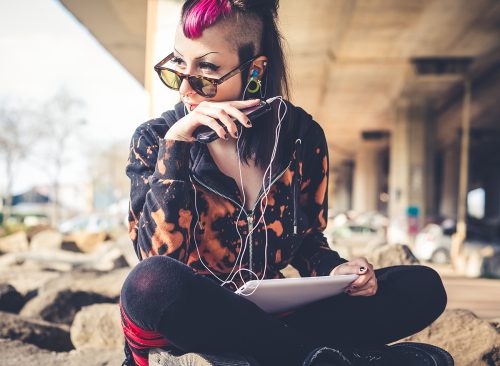
No one who lived through the emo fashions of the early 2000s will ever forget how unique but also bizarre it was. The eyeliner! The deep side parts! Avril Lavigne’s tie! Stick-straight hair! Did we mention the eyeliner? Think Fall Out Boy and My Chemical Romance.
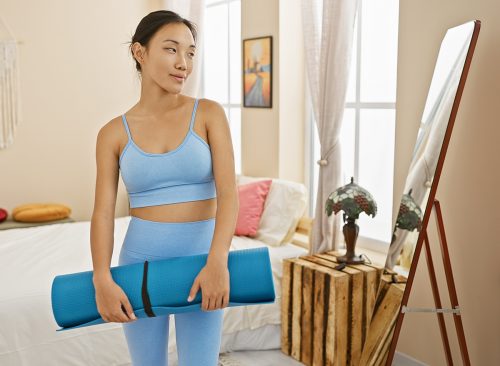
The late 2000s is when gym wear became expensive and a look in itself. No need to actually go to the gym, of course—it became perfectly reasonable to dress in Lululemon and Alo Yoga just to hit the grocery store. Yoga mat is not needed, but certainly a useful accessory.
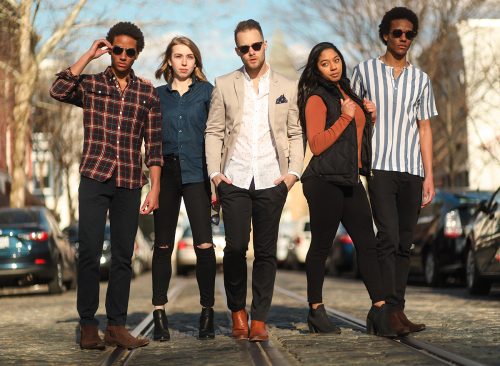
Preppy chic is one of those styles that never really seems to go away. “You can see what might draw shoppers, and women simply seeking to evolve their style, to its foundations at a moment when so many trends exist and so much clothing feels cheap or disposable,” says Harper’s Bazaar. “Prep lasts. Prep is quality, and its fundamentals can be acquired for a reasonable price. Prep is the basic palette of style.” Think Gossip Girl or Cruel Intentions.

1960s fashion and style has become a timeless look that keeps coming back again and again (remember those 1990s bell bottoms?). This look perfectly represents Britain in the 1960s, with miniskirts, dramatic eyeliner, and platform shoes. It was modern, fresh, and fun.

Normcore is exactly what it sounds like—simple, stylish, normal. “Normcore, coined by trend forecasting company K-Hole, is basically the notion of accepting and embracing our similarities as people,” says Nicole Kliest from Who What Wear. “So instead of searching for an outlet to stand out, being comfortable with dressing (and behaving) in sameness is totally acceptable.”
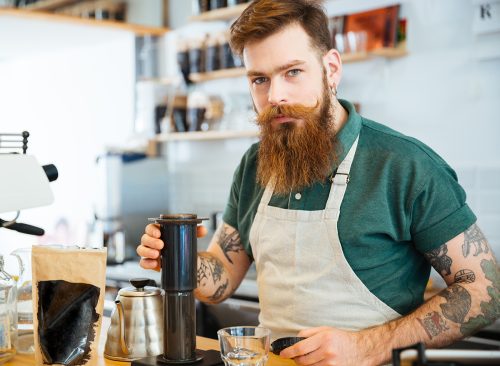
Does your bearded barista look like a cross between a Nirvana fan and a lumberjack? They might be a hipster. The much-derided look is actually a great way to pay homage to grunge, punk, and steampunk chic. Bonus points for a 1920s-style twirly mustache.

The early 2020s saw the return of 1990s fashion, with high-waisted jeans, chokers, and slinky tops. Much like 1990s fashion was just a return of the 1960s look. Notice, however, that the 1990s thin eyebrow trend has stayed right where it belongs 30 years ago.

Minimalism was big in the 2000-2010 era, with simple, clean outlines being the style of the day. “By 2009, a ‘new minimalism’ was in full force, defined by the confident, relaxed designs from Celine, the architectural purity of Calvin Klein, and the environmentally conscious clothes of Stella McCartney,” according to the Fashion Institute of Technology. “Interestingly, designers were also challenging aesthetic boundaries, at times combining minimalism and maximalism in the same garment.”
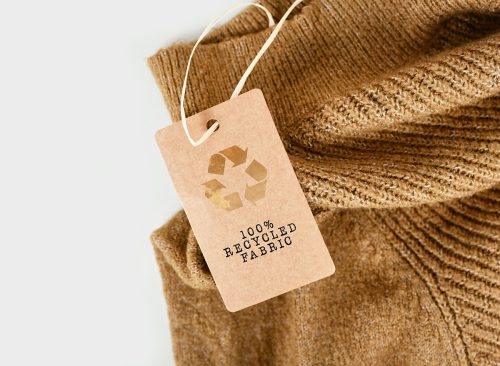
Sustainable fashion in the 2020s was a backlash against cheap, throwaway clothing styles. Issues such as workers wages, environmental impact, and animal welfare were considered as much as beauty and material. Hopefully this is a trend that won’t ever go out of style.














